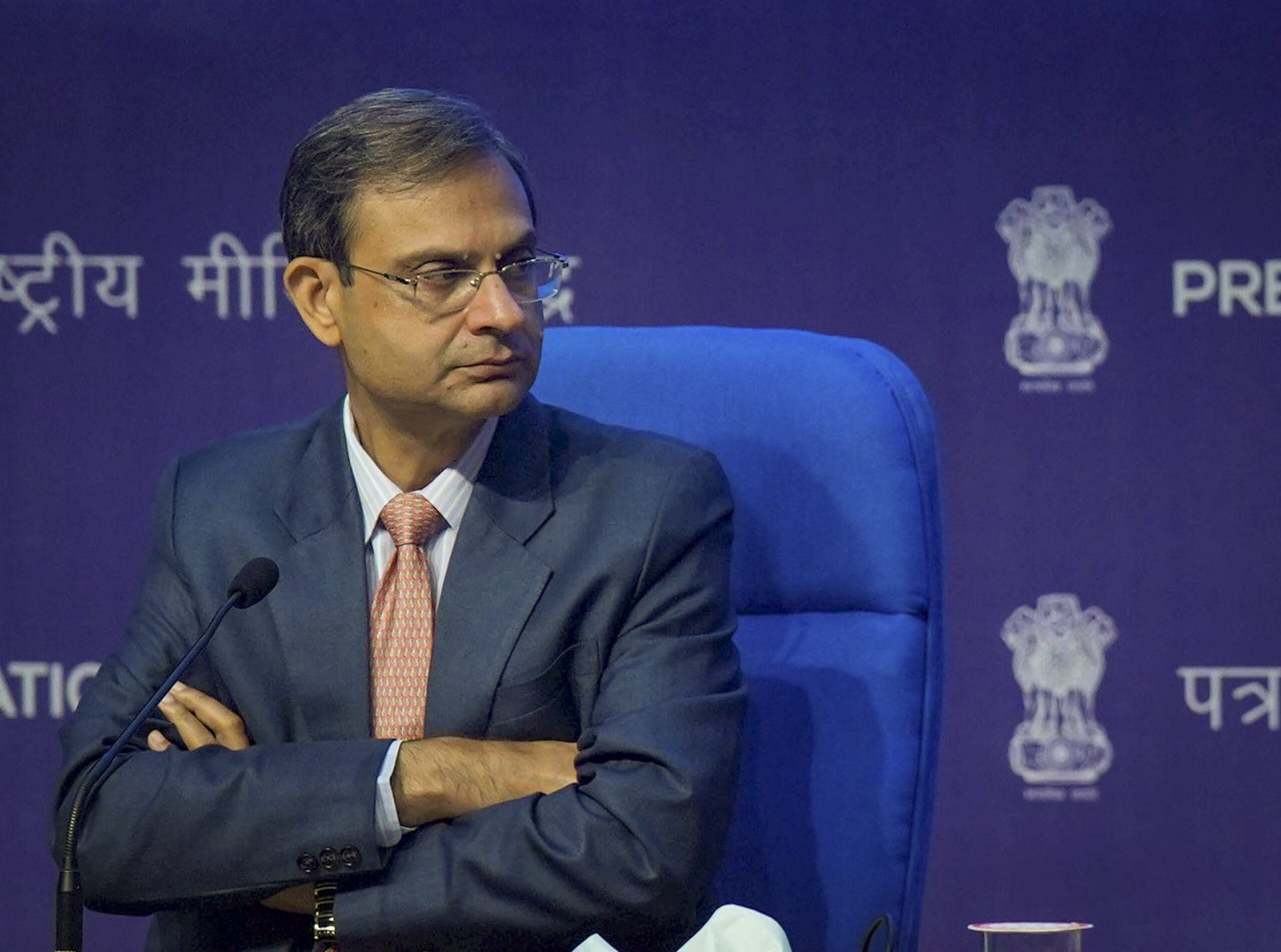- Friday, February 07, 2025
The Monetary Policy Committee, headed by RBI Governor Sanjay Malhotra, slashed the repo rate by 25 basis points to 6.25 per cent

By: India Weekly
HOME, auto and other loans are likely to see a drop in interest rates after the Reserve Bank of India under a new Governor cut the key benchmark rate on Friday (7) for the first time in almost five years to spur a sluggish economy.
The Monetary Policy Committee, headed by RBI Governor Sanjay Malhotra, slashed the repo rate by 25 basis points to 6.25 per cent.
This was the first reduction since May 2020 and the first revision after two-and-a-half years.
Malhotra, a career bureaucrat who replaced Shaktikanta Das barely days after the last bi-monthly MPC meeting in December, forecast the Indian economy to grow at 6.7 per cent in the fiscal year starting April 2025 while inflation rate to lower to 4.2 per cent.
For the fiscal year ending March 31, RBI quoted the government estimate to put the growth rate at 6.4 per cent, its worst in four years and lower than 6.6 per cent seen previously, while the inflation was pegged at 4.8 per cent.
The repo rate (repurchase rate) is the interest rate at which the central bank lends money to commercial banks when there is a shortage of funds.
When repo rate is high, borrowing costs for banks increase, which is often passed on to consumers in the form of higher interest rates on loans.
Conversely, a lower repo rate usually results in lower interest rates on loans such as home loans, car loans, and personal loans.
Repo rate also decides the returns on savings and investment products. A higher repo rate can lead to better returns on fixed deposits and other savings instruments, as banks offer higher interest rates to attract deposits. On the flip side, lower repo rates might reduce the interest earned on these savings products.
Analysts said with the rupee hitting record lows virtually every day against the US dollar, a rate cut will put pressure on domestic inflation and the currency, likely triggering capital outflows.
The MPC, which consists of three RBI and three external members, “decided unanimously to reduce the policy repo rate by 25 basis points from 6.50 per cent to 6.25 per cent,” Malhotra said.
Explaining the rationale for the decision, he said inflation has declined. “Supported by a favourable outlook on food and continuing transmission of past monetary policy actions, it is expected to further moderate in 2025-26, gradually aligning with the target (of 4 per cent).”
The MPC also noted that though growth is expected to recover from the low of July-September 2024 (when it grew by 5.4 per cent – its slowest expansion in nearly two years), it is much below than that of last year. “These growth-inflation dynamics open up policy space for the MPC to support growth, while remaining focussed on aligning inflation with the target,” he said.
Following a peak in October, consumer price inflation eased to 5.22 per cent in December and 5.48 per cent in November.
“Considering the existing growth-inflation dynamics, the MPC, while continuing with the neutral stance, felt that a less restrictive monetary policy is more appropriate at the current juncture. The MPC will take a decision in each of its future meetings based on a fresh assessment of the macroeconomic outlook,” he said. (PTI)